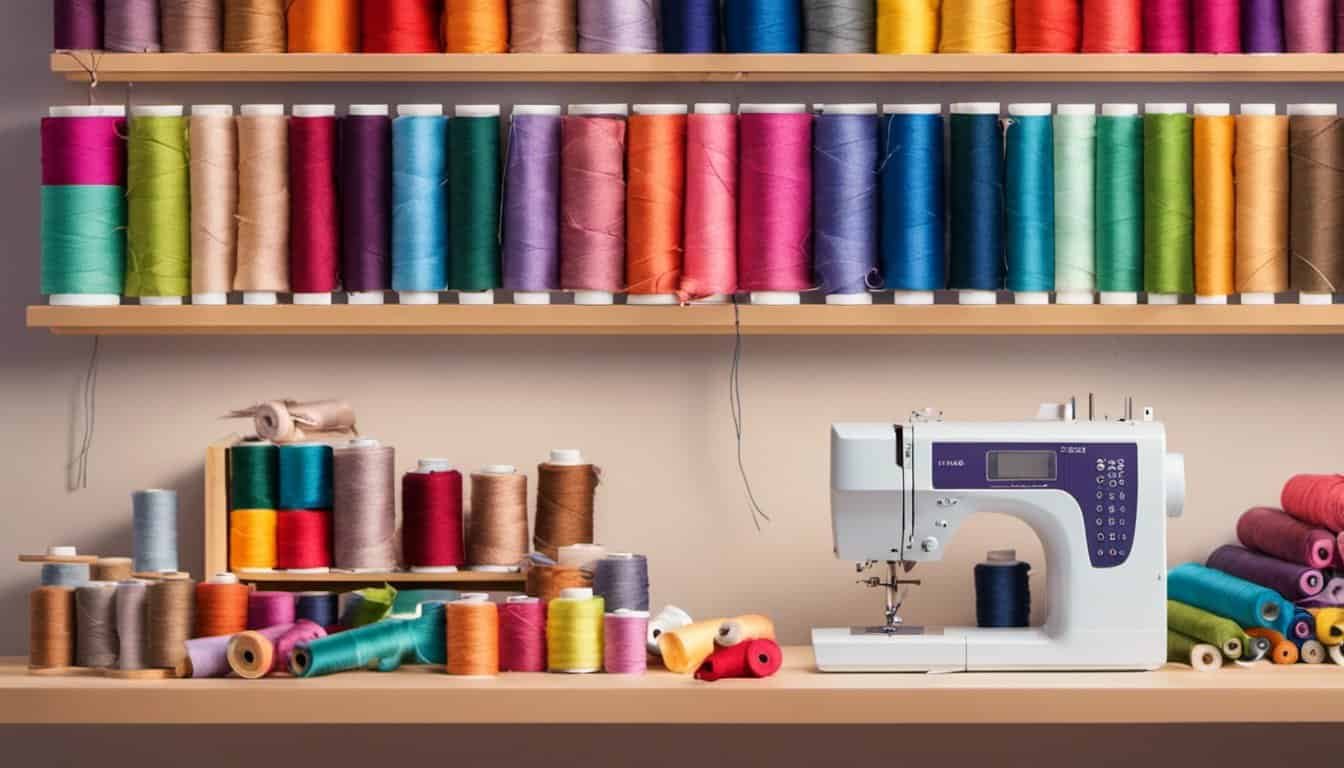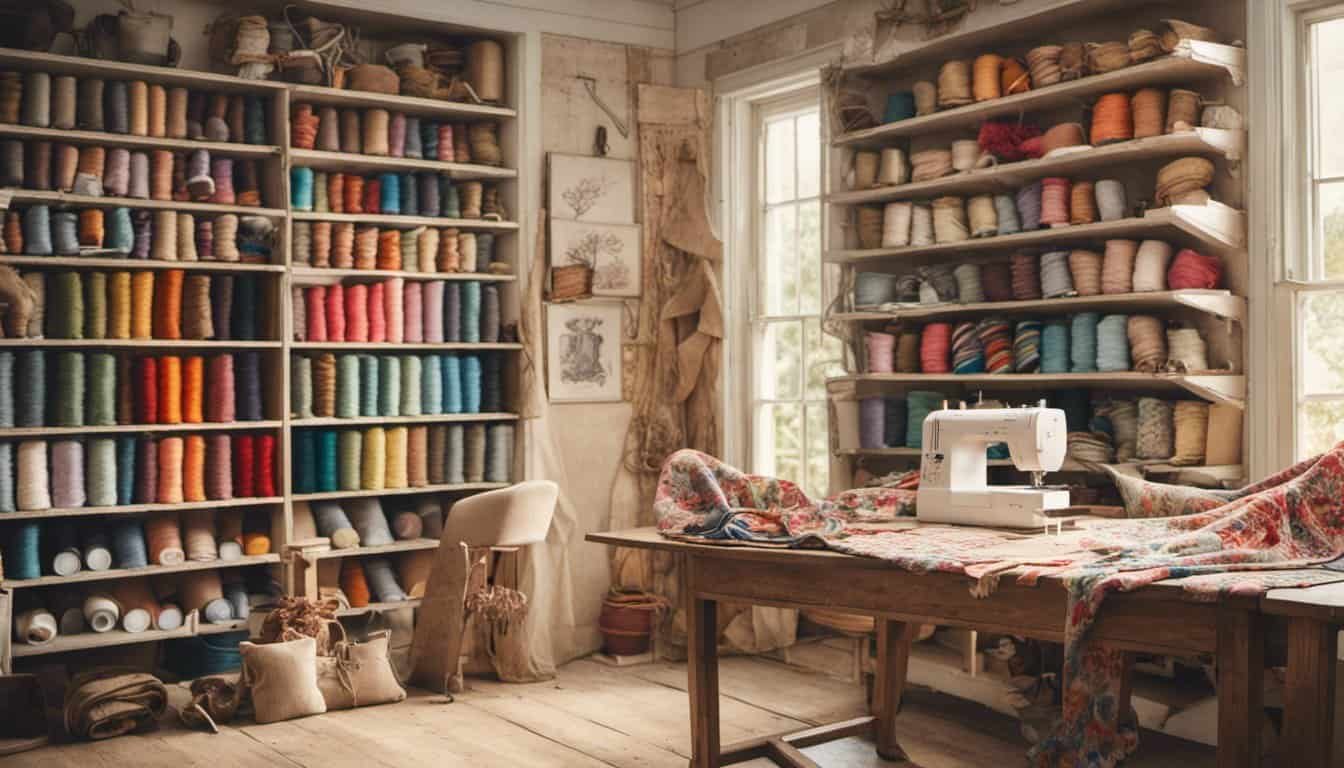Making your own bra might sound tricky, but trust me, it’s easier than you think—and so rewarding! Whether you’re tired of ill-fitting store-bought options or just love a good DIY project, creating a custom bra is a fun way to combine creativity with practicality. Plus, you’ll end up with something that fits perfectly and reflects your personal style.
Why Make Your Own Bra?
Making your own bra lets you achieve a custom fit that store-bought bras often lack. Standard sizes rarely cater to unique body shapes, leaving many with uncomfortable or ill-fitting options. With a DIY bra, I can adjust band lengths, cup sizes, and strap positions to match my exact measurements.
Creating a bra offers the freedom to choose materials that work best for comfort and durability. Fabrics like cotton, lace, and mesh allow me to balance style and function based on my needs. High-quality elastics, underwires, and closures further ensure long-lasting results.
DIY bras open up endless possibilities for personal style. I can mix patterns, add embellishments like embroidery or beads, and experiment with color combinations that reflect my preferences. This level of customization lets me design bras that I genuinely enjoy wearing.
Cost efficiency is another compelling reason. While premium bras can cost $50 or more, sewing one can save money, especially when sourcing fabric scraps and materials from other projects.
Materials And Tools You’ll Need
Choosing the right materials and tools is vital for crafting a comfortable, well-fitting DIY bra. Let me walk you through what you’ll need for this project.
Fabric Selection
Soft stretch fabrics work best for bra cups and bands. I often recommend lightweight jersey, spandex blends, or power mesh for flexibility and support. For the lining, breathable cotton or tricot mesh can enhance comfort. If you’re making an underwired bra, you’ll need a non-stretch fabric for the bridge, like cotton sateen or rigid mesh.
Consider the aesthetic. Lace adds elegance, while printed fabric offers a playful touch. Always prewash your fabrics to prevent shrinkage later.
Essential Tools And Equipment
Start with sharp fabric scissors or a rotary cutter for clean, precise cuts. Use a measuring tape to ensure accuracy when taking your bust and band measurements. For hand or machine stitching, polyester thread ensures durability, and a ballpoint needle prevents fabric snags.
For structural components, you’ll need elastic for straps and bands, plus closure hardware like hooks and sliders. If you’re building support into your bra, purchase underwires and matching underwire casing. A tailor’s chalk or washable fabric pen is useful for marking patterns.
Don’t forget a good-quality sewing machine. For stretchy fabrics, you’ll want a zigzag stitch or an overlock function to keep seams secure. Having a cutting mat on hand also helps maintain accurate trimming.
Step-By-Step Guide: How To Make A DIY Bra
Crafting a DIY bra is an enjoyable process that combines creativity and precision. With the right techniques and materials, you can create a custom, perfectly fitted bra to suit your needs.
Taking Measurements
Accurate measurements are critical for ensuring a good fit. I always measure around the fullest part of my bust for the cup size and the ribcage directly under the bust for the band size. A flexible measuring tape is best for this task. Jot down these measurements and double-check to minimize errors.
Creating A Pattern
A well-made pattern serves as the foundation for a DIY bra. Beginners can use pre-made patterns, often available online or in craft stores. I suggest choosing patterns designed for your specific measurements. If you’re experienced, drafting your own pattern based on your measurements is also an option. Include seam allowances for easier construction.

Cutting The Fabric
Cutting accurately determines the final fit and look. I secure the pattern pieces to my prewashed fabric with sewing pins or pattern weights. Using sharp fabric scissors, I carefully cut along the outlines, ensuring no jagged edges or deviations from the pattern.
Sewing The Pieces Together
Sewing requires attention to detail. I always start with the cups, followed by the band and then the bridge. If using a sewing machine, adjust the settings for stretch stitches to handle elastic fabrics. For non-stretch materials, straight stitches work well. I recommend using a polyester thread for durability.
Adding Straps And Finishing Touches
Straps and final details elevate both functionality and style. I attach elastic straps, ensuring their length allows for support without digging into the shoulders. Closures, such as hook-and-eye hardware, are sewn onto the band’s back. For decoration, I might add lace, bows, or even embroidery depending on the desired look.
Tips For Beginner Sewers
Understanding a few basics and practicing key techniques simplifies sewing a DIY bra. I’ve outlined helpful tips to make the process smoother.
- Start With Simple Patterns
Choose easy-to-follow pre-made bra patterns. Look for ones labeled “beginner-friendly” to avoid complex features like intricate underwires or multi-piece cups.
- Use Test Fabrics
« Making a Fabric Tool Roll for Sewing: The Only DIY Guide You’ll Ever Need
How to Sew a Fabric Dice Bag for Games: Easy Steps to Craft Your Perfect Gaming Accessory »
Sew a prototype with affordable fabrics, like muslin. It lets you refine fit and technique before cutting into your main fabric.
- Invest in Quality Tools
A sharp pair of fabric scissors, stretch needles for your sewing machine, and quality thread improve results and reduce frustration. Skipping this step can lead to uneven cuts or broken threads.
- Practice Stitching Techniques
Try straight and zig-zag stitches on scrap fabric. Use zig-zag for stretchy parts like elastic and straight stitches for stable areas like the bridge.
- Label Your Pattern Pieces
Keep bra pattern pieces organized by marking each one clearly. Add notes for orientation to avoid sewing mistakes later.
- Pin And Clip Strategically
Pin or clip fabric layers together before sewing, especially on curved pieces like cups. It prevents shifting and ensures clean seams.

- Work Slowly And Check Progress
Ensure accuracy by sewing at a steady, controlled pace. Pause to assess alignment and stitching quality frequently.
Common Mistakes To Avoid
Avoiding mistakes can make the bra-making process smoother and more enjoyable. Several common errors can impact the final fit, durability, and comfort of a DIY bra.
1. Skipping Fabric Prewashing
Always prewash all fabrics before starting. Skipping this step can result in shrinkage after the bra is sewn, altering the fit. Washing also removes any finishes or residues from manufacturing.
2. Using Incorrect Measurements
Relying on imprecise measurements often leads to improper fit. Ensure the tape measure lies flat and secure when measuring the bust and band. Double-check measurements and, if in doubt, measure again.
3. Ignoring Stretch Directions
Pay attention to the fabric’s stretch direction. Using fabric with the wrong stretch orientation in the cups, band, or straps can affect elasticity and support. Align pieces with the grainline and stretch guides in the pattern.

4. Selecting the Wrong Needle or Thread
Using a standard needle or thread instead of those designed for stretch fabrics can lead to broken stitches. A ballpoint needle and polyester thread are ideal for stretchy materials.
5. Rushing Through Pattern Cutting
Uneven or rushed cutting frequently results in mismatched pieces. Use sharp scissors or a rotary cutter, and cut slowly, following pattern edges precisely to maintain symmetry.
6. Misaligning Seams and Pieces
Improper alignment during sewing can distort the bra’s structure. Pin or clip fabric securely before stitching, and check alignment as you sew.
7. Overlooking Testing
Skipping a test fit or not creating a mock-up from inexpensive fabric can result in costly errors. Use muslin or stretch scraps to ensure the fit and adjust the pattern before using main fabrics.
8. Neglecting Strap and Closure Placement
Placing straps and closures incorrectly affects comfort and support. Follow pattern guides carefully, and confirm placement suitability during fitting.

9. Underestimating the Importance of Elastic Tension
Using improperly stretched or measured elastic may lead to gaping or an overly tight fit. Stretch elastic evenly while sewing without pulling excessively, maintaining balance in all areas.
10. Focusing Solely on Aesthetics Over Functionality
Prioritizing looks at the expense of support can compromise the bra’s purpose. Choose decorative elements that don’t hinder comfort or reinforcement.
Conclusion
Making your own bra is such an empowering and creative journey. It’s not just about crafting something functional—it’s about creating something uniquely yours that fits your body and style perfectly. With a little patience and practice, you’ll gain the skills to make bras that are comfortable, beautiful, and truly one of a kind.
Remember to enjoy the process and celebrate every small victory along the way. Whether it’s mastering a tricky stitch or nailing the perfect fit, each step is a win. So gather your materials, take your time, and let your creativity shine. You’ve got this!


















